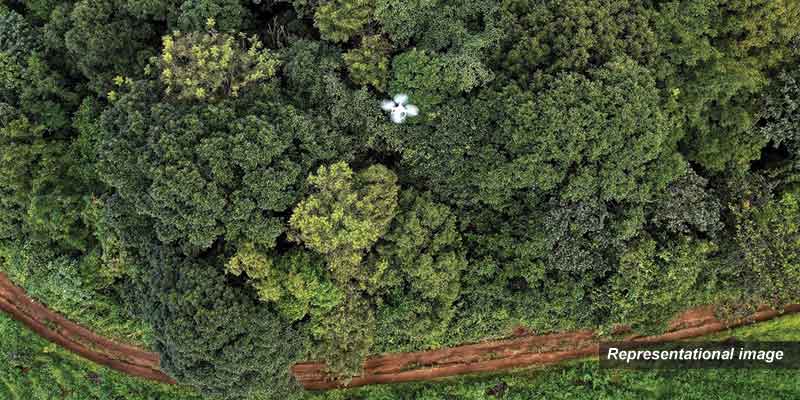- World
- Jun 02
AI helping in hunt for a lonely plant’s female partner
Artificial intelligence is being employed in the hunt for a female partner for a critically endangered male plant species Encephalartos woodii, or E.woodii.
Encephalartos woodii (E. woodii)
• The only known E.woodii was discovered in the Ngoye Forest, South Africa, in 1895. It was moved several years later for safe keeping, with samples sent to botanical gardens, including Kew in London, where it is still propagated and grown today.
• The Encephalartos woodii is a type of plant known as a cycad. Cycads are woody plants that are slow growing and live for a long time. Cycads are the oldest surviving seed-bearing plants, dating back more than 300 million years and surviving multiple mass extinctions and environmental changes.
• They are dioecious, which means they are either male or female, and they produce cones from which pollen is transported by insects for reproduction.
• All existing specimens are clones of this plant and, just like the last wild specimen, they are all males.
• Both sexes are needed for reproduction and since no female has ever been found — cloning from offsets is the only way it survives as a true species.
Drone imaging with the power of AI
• A research project led by the University of Southampton is scouring thousands of acres of forest in South Africa, where the only known E.woodii was found, in a bid to find a female.
• With only one male found, all subsequent propagated samples are male clones, so the plant cannot naturally reproduce. The Ngoye Forest has, until now, never been fully explored to determine if a female could exist.
• And if the hunt doesn’t pay off, the researchers are also exploring if they can change the plant’s sex to create a female version.
• Drones and AI are used to search for a female E.woodii.
• Initial drone flights in 2022 took tens of thousands of images and used a multispectral sensor to capture features beyond what can be seen from high above with the naked eye, such as distinguishing whether plants are living or dead, and to identify species.
• But with no E.woodii yet found, the drone imaging is ongoing, now with the power of AI.
• Researchers have covered 195 acres of the Ngoye Forest so far, and there are 10,000 acres in total.
• With the AI, they are using an image recognition algorithm in order to recognise plants by shape. They generated images of plants and put them in different ecological settings, to train the model to recognise them.
Manorama Yearbook app is now available on Google Play Store and iOS App Store

